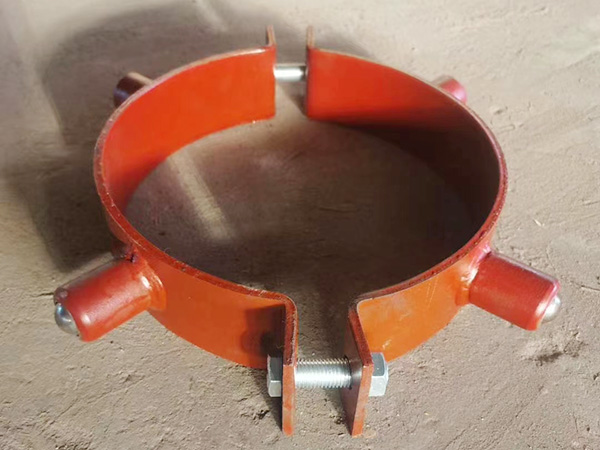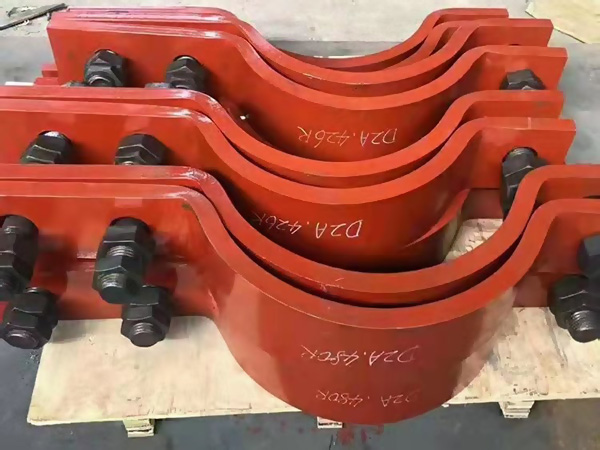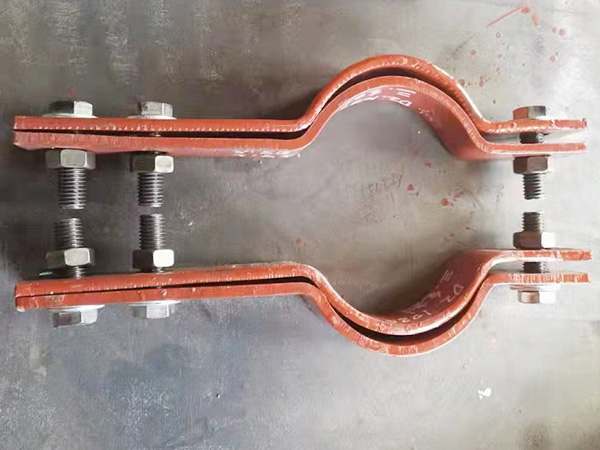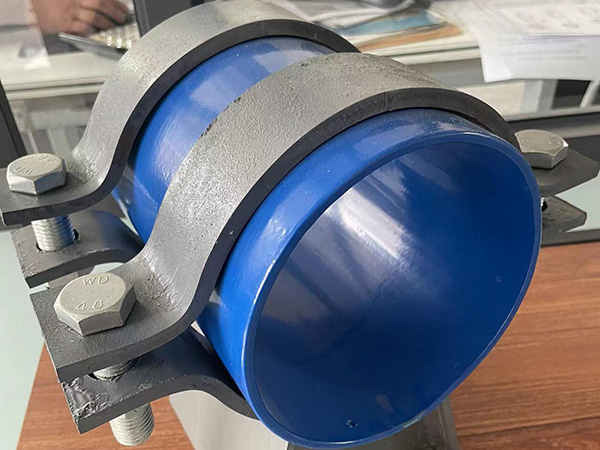Complete Manufacturing Process of Flanges: A Full Workflow Analysis
Author:Mingde Time:2025-04-28 18:02:14 Click:100
Flanges are critical components in piping systems used to connect pipes, valves, pumps, and other equipment. Their strength, precision, and sealing reliability make them essential in industries like oil and gas, power generation, chemical processing, and water treatment. The manufacturing process of flanges involves a series of carefully controlled steps to ensure structural integrity, dimensional accuracy, and material compatibility. Below is a comprehensive overview of the full manufacturing workflow of flanges.
1. Raw Material Selection
The manufacturing process begins with selecting high-quality raw materials such as carbon steel, stainless steel, alloy steel, or specialty metals depending on the application. The material is usually procured in the form of billets, slabs, or round bars, which must meet strict chemical and mechanical specifications.
Key Factors Considered:
Material grade and standard compliance (e.g., ASTM, ASME)
Impact resistance and temperature tolerance
Weldability and corrosion resistance
2. Cutting and Preforming
The selected raw materials are cut into appropriate lengths using mechanical saws, flame cutting, or plasma cutting depending on thickness and material type. These blanks or preforms serve as the base for shaping the flange.
Methods:
Circular cutting for ring-type flanges
Square or rectangular cutting for forged block flanges
3. Forging
Forging is a critical step that improves the mechanical strength of the flange by refining the grain structure of the metal. In this process, the cut blank is heated to a high temperature and shaped into the desired form using a forging press or hammer.
Types of Forging:
Open-die forging: for large flanges
Closed-die forging: for smaller, high-precision flanges
Forging enhances structural integrity, especially for high-pressure or high-temperature applications.
4. Heat Treatment
After forging, flanges often undergo heat treatment to improve hardness, relieve stress, and enhance toughness. The specific treatment varies based on material type and service requirements.
Common Heat Treatments:
Normalizing
Annealing
Quenching and tempering
Solution treatment (for stainless steel)
This step ensures the mechanical properties align with industry standards.
5. Rough Machining
The heat-treated forging is then subjected to rough machining to bring the flange close to its final shape and dimensions. This includes forming the bore, facing surfaces, and bolt circle.
Operations Involved:
Turning
Drilling
Facing
Rough machining prepares the flange for precise finishing and ensures consistent shape and alignment.
6. Final Machining and Finishing
Final machining involves detailed and accurate shaping of the flange to meet tight dimensional tolerances. High-precision CNC machines are typically used for this stage.
Key Features Machined:
Flange face (raised face, flat face, or RTJ)
Bolt holes and pitch circle
Hub or neck (for welding neck and socket flanges)
Surface finish is also applied during this step to ensure proper gasket seating and leak-free connections.
7. Inspection and Testing
Quality control is crucial at every stage, but especially before the product is approved for delivery. Multiple non-destructive and dimensional tests are conducted to ensure compliance with specifications.
Common Tests:
Visual inspection for cracks, deformities
Dimensional verification with calipers and gauges
Magnetic particle or ultrasonic testing (for welds and surface defects)
PMI (Positive Material Identification)
Hydrostatic or pneumatic pressure testing (in some cases)
8. Marking and Traceability
Once approved, each flange is permanently marked with essential information such as:
Material grade
Pressure rating (e.g., Class 150, 300)
Size and standard (e.g., ASME B16.5)
Heat number for traceability
This ensures that the flange can be identified and matched to test certificates and origin data.
9. Surface Treatment and Packaging
To prevent corrosion and damage during storage or shipping, flanges receive surface treatments such as:
Anti-rust oil coating
Galvanization or black oxide (for carbon steel)
Pickling and passivation (for stainless steel)
They are then packed using wooden crates, pallets, or protective wraps to prevent mechanical damage during transit.
Conclusion
The manufacturing process of flanges is a highly controlled and technical operation involving multiple stages from material selection to final inspection. Each step—cutting, forging, heat treatment, machining, testing, and packaging—is crucial to ensure that the final product performs reliably in demanding industrial environments. By following a structured workflow, manufacturers deliver high-quality flanges that meet international standards and fulfill the safety and efficiency needs of critical infrastructure.
 Hot Products
Hot Products
 Contact Us
Contact Us
Contact:
Mobile:+86 +86 19133378808
Website:mingdepipe.com
Address:










